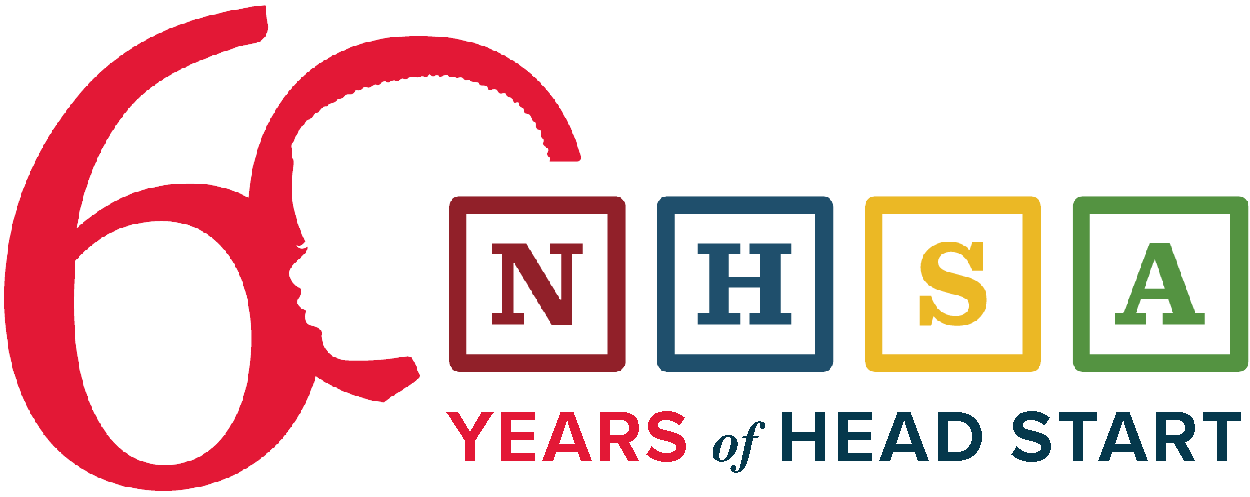In the early childhood education and care community, emotions are running high. We are brimming with hope and excitement about the historic investments within Build Back Better. At the same time, continued challenges from the pandemic and a workforce crisis like we’ve never seen before create fear and frustration. Every Head Start (and Early Head Start) program in every corner of the country is facing the same daunting reality and conflicting feelings.
NHSA is hearing many of the same questions from Head Start directors across the country. How can I best serve children and families if I can’t open classrooms because I can’t find staff? How can I support and prepare my current staff? How will vaccination mandates impact staff capacity and future hiring? How can I find and recruit eligible children in the shadow of the pandemic?
All these questions swirl around the urgency of the current moment: what can the Head Start community do to survive and serve on a day-to-day basis?
But another question looms. While it doesn’t impact Head Start directors on the day-to-day right now, it soon will: what is this new universal pre-K and child care proposal and what should we be doing to prepare? Here are five things Head Start programs can do right now to be in the best possible position.
Prepare for Build Back Better
- Spend down COVID relief funds. It’s time to get creative. Conduct a new community needs assessment. Invest in transportation and new facilities. Raise salaries. Challenge your team to leverage these funds to make the biggest impact in how you serve your community.
- Focus on your workforce. As I shared in a recent interview with Politico, the Build Back Better plan will fail or thrive depending on how we address staffing. Without a vibrant and strong workforce, we cannot be successful. There is more funding coming for Head Start and Early Head Start staff. Raise salaries now. Invest in staff development now.
- Hire a senior level position to focus on building relationships and aligning systems in your community. Bring on new capacity with fresh eyes to nurture community partnerships. This will also prove your willingness to collaborate, especially in the eyes of school districts. This staffing structure will help you in the implementation phase of Build Back Better, when it will be the sole job of state and local leaders to establish partnerships.
- Invest in state associations and lobbyists. All the implementation for Build Back Better is going to take place at the state and local level. While Head Start’s federal-to-local structure has many advantages, it may cause bumps in the road when it comes to implementation because we do not fit neatly in state governance structures. That doesn’t mean we need to change the structure, but it does mean that we must be at every conversation, as early as possible. Having a well-supported association or team to lobby and advocate on your behalf is powerful. You must have representation in all the early childhood conversations taking place at your state capital.
- Engage with your parents. At the end of the day, the main reason Head Start remains a strong program today is because of the powerful voices of Head Start parents. They were and are the most effective advocates. We need to continue to educate our parents about why Head Start is effective and what makes Head Start’s model unique. Most of all, we need them to know their voices are critical and necessary at every level of government.
Success—whether it’s finding solutions to the current daily challenges we face or expanding Head Start to millions of additional children a few months down the road—is always a process. We can’t jump to the 50th floor straight away. We must start on the ground floor and pave the way. Thankfully, Head Start is the foundation—we have six decades of effective, high-quality, community-driven early childhood education on which the U.S. can build.
Related Content
